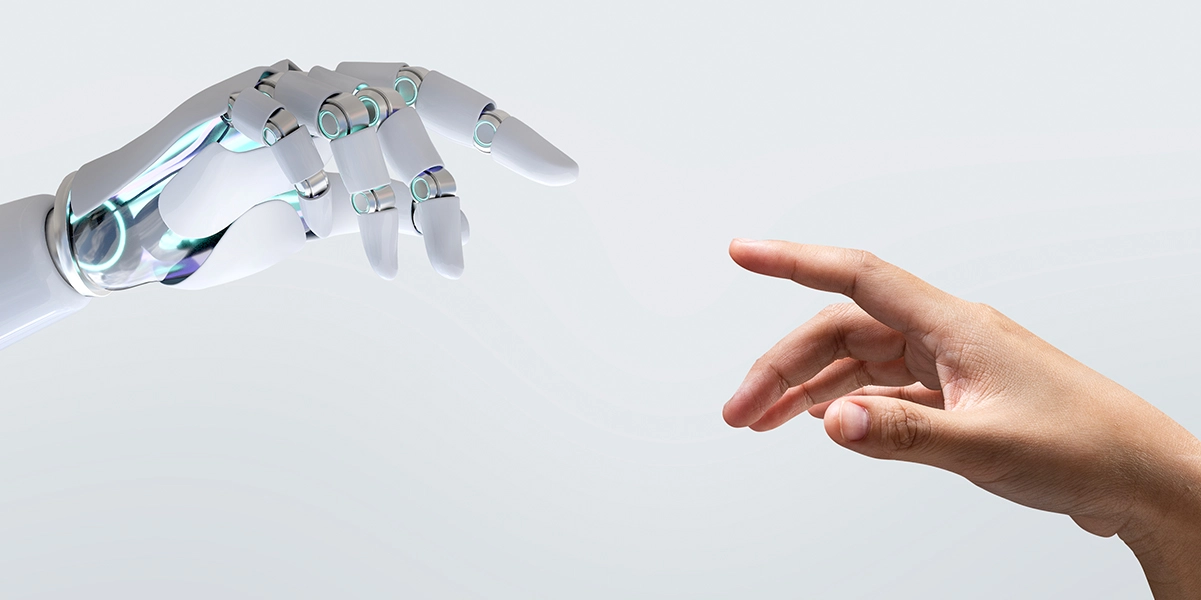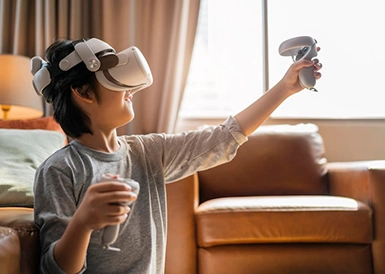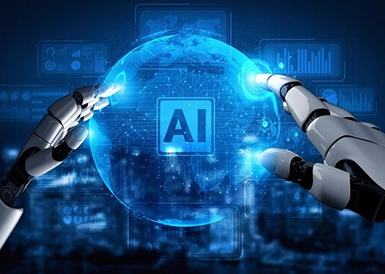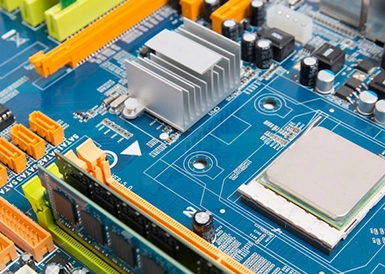Home > Technologies > Intelligent Sensing Technology
Intelligent Sensing Technology
In the field of intelligent sensing technology, through continuous research and development, EIPEKS has launched a series of outstanding products. We focus on improving devices' ability to perceive the surrounding environment to create smarter and more efficient solutions.
What Is Intelligent Sensing Technology?
Intelligent sensing technology is a technology that integrates sensors, data processing, and artificial intelligence (AI) algorithms, aiming to enable systems, devices, or applications to perceive and understand their surrounding environment. This technology allows devices to acquire, interpret, and respond to information from the external environment, thereby achieving smarter and more adaptive functionality.

Categories of Intelligent Sensing Technology
1. Visual perception technology
Visual perception technology uses light in the visible spectrum reflected by objects in the environment to interpret the surroundings through photopic vision (day vision), color vision, scotopic vision (night vision) and mesopic vision (twilight vision) environmental capabilities.
2. Speech perception technology
Speech perception technology covers various software and algorithms for analyzing, processing and understanding speech signals. This includes speech recognition (ASR), speech synthesis (TTS), speech understanding, etc.
3. Touch screen sensing technology
Touch screen sensing technology is a collection of software and algorithms used to parse, analyze and process data collected by touch screen sensors. This includes the processing of information such as touch location, gestures, and touch intensity, and may involve gesture recognition, multi-touch support, handwriting recognition, etc.
4. Inertial sensing technology
Inertial sensing technology is a collection of software and algorithms used to interpret and process data obtained from inertial sensors. This includes integration and filtering of accelerometer and gyroscope outputs to obtain accurate position, velocity and orientation information.
5. Ultrasonic sensing technology
Ultrasonic sensing technology is a technology that uses ultrasonic waves for ranging, detection, imaging and other applications. This technology is mainly based on the propagation and reflection principles of ultrasonic waves. By sending ultrasonic signals and measuring their return time, the distance between the target object and the sensor can be known.
6. Millimeter wave sensing technology
Millimeter wave sensing technology is a technology that uses electromagnetic waves in the millimeter wave frequency band for ranging, imaging and detection. Millimeter wave generally refers to the radio frequency band between 30 GHz and 300 GHz. This band is characterized by high frequency, short wavelength, and higher energy.
7. RFID sensing technology
RFID (Radio-Frequency Identification) sensing technology is a technology that uses radio frequency signals to identify, track and manage objects. It is based on the interaction of radio frequency signals, including radio frequency readers (RFID Reader) and objects with RFID chips or tags.
8. Temperature sensing technology
Temperature sensing technology is a technology that measures and monitors the temperature of a specific environment or object by using temperature sensors and related equipment. This technology typically involves sensors collecting temperature data, which is then analyzed and interpreted using associated algorithms. The types of temperature sensors include thermistors, infrared sensors, thermocouples, etc.
9. Humidity sensing technology
Humidity sensing technology is a technology that uses humidity sensors and related equipment to measure and monitor moisture levels in the environment or objects. This technology involves sensors collecting humidity data and then using associated algorithms to analyze and interpret it. The types of humidity sensors include capacitive humidity sensors, resistive humidity sensors, etc.
10. Infrared sensing technology
Infrared sensing technology is a technology that utilizes the detection principle of infrared radiation to sense and monitor targets by using infrared sensors and related equipment. This technology is based on infrared radiation emitted, reflected or conducted by objects, which is captured by infrared sensors and converted into electrical signals.
11. Pressure sensing technology
Pressure sensing technology is a technology that measures and monitors the pressure distribution on the surface of an object or in the environment through the use of pressure sensors and related equipment. This technique typically involves sensors collecting pressure data, which is then analyzed and interpreted using associated algorithms. The types of pressure sensors include resistive, capacitive, piezoelectric, etc.
Applications of Intelligent Sensing Technology
1. Automatic identification device
A technology that automatically obtains relevant information of the identified item through the proximity activity between the identified item and the identification device, and provides it to the background computer processing system to complete related subsequent processing. It mainly includes image recognition, barcode recognition, optical character recognition, biometric recognition, magnetic card recognition, RFID recognition, etc.
2. Sensing device
By sensing changes in various phenomena such as heat, pressure, temperature, humidity, sound, light, electricity, vibration, etc. and converting them into processable digital signals according to certain rules, it provides the original source of information for the digital system.
3. Indoor & outdoor positioning technology
Through the cooperation of satellite positioning, wireless communication, base station positioning, motion capture and other technologies, it realizes the location monitoring of people and objects.

Do you have any problem about intelligent sensing technology that you need help solving?
Relevant Technical Expertise

Virtual Reality (VR) & Augmented Reality (AR) Technology
With the rapid development of virtual reality (VR) and augmented reality (AR) technology, we provide you with leading technology solutions.

Artificial Intelligence
We have extensive expertise to help you delve into and apply the most advanced machine learning algorithms and artificial intelligence technologies.

Electronic Engineering
From circuit design to embedded system development, our professional team has extensive experience in meeting the needs of a variety of complex projects.

